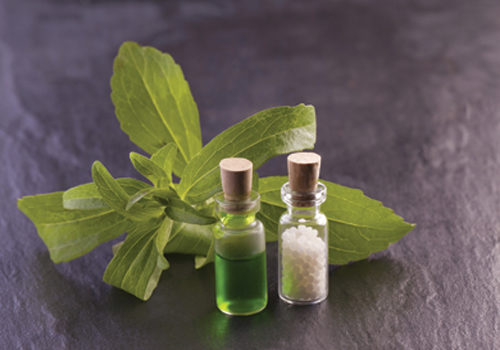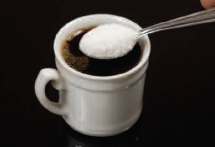In many quarters today, sugar and artificial sweeteners are squarely in the crosshairs. One need only look at the vehemence with which New York City Mayor Michael Bloomberg fought to restrict soda sizes to see an outline of the trend: many public health officials and individuals are trying to reduce intake of sugar and artificial sweeteners. Earlier this year, the Center for Science in the Public Interest sent the U.S. Food and Drug Administration (FDA) a petition urging the agency to address safe sugar limits in food (1).
But eating healthy doesn’t mean eating bland, unsweetened food; alternatives abound that feature ample sweetness to go along with desired qualities like low calories and low glycemic impact. Some natural sweeteners will even make the dentist happy.
Sweetener Scuttlebutt
“The movement toward natural sweeteners arises out of the consumer’s enhanced interest in the ingredients used in the foods they eat, greater sophistication about the characteristics of each ingredient and the impact they can have on health, and a better understanding of the application of sweeteners by manufacturers,” says Carol May, president of Wisdom Natural Brands, Gilbert, AZ, makers of SweetLeaf Stevia.The trend can be viewed as both a supply-side phenomenon, and one that is consumer-oriented.
On the business-to-business side of things, 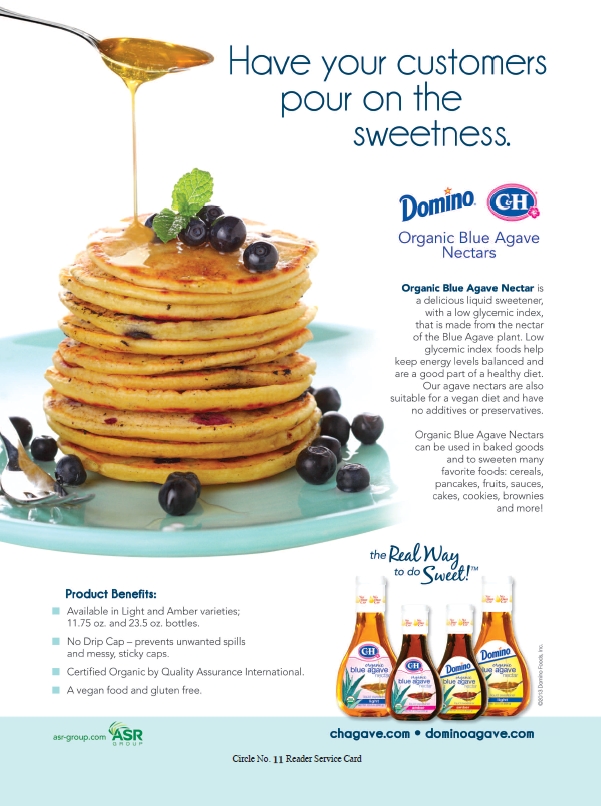 we have food and beverage manufacturers exploring their options when it comes to sweetening their products. This is due to the increased market power of the healthy lifestyle consumer, together with the critical attitudes toward conventionally used sweeteners like high-fructose corn syrup. Factors like these are influencing many companies large and small to opt for stevia and its brethren instead.
we have food and beverage manufacturers exploring their options when it comes to sweetening their products. This is due to the increased market power of the healthy lifestyle consumer, together with the critical attitudes toward conventionally used sweeteners like high-fructose corn syrup. Factors like these are influencing many companies large and small to opt for stevia and its brethren instead.
This trend comes at a bad time for the sugar industry and the government as well. Millions of dollars in federal loans are still outstanding to sugar suppliers. They can’t repay mostly due to a sugar surplus and the resulting low prices for the commodity (2). In the meantime, supply-side prices of sweeteners like stevia are falling as companies continue to invest in better extraction technologies and expanded production, making it easier for food and beverage makers to switch to these alternatives (3).
Of course, companies that place an emphasis on being all natural have long sought out natural sweeteners when available. But, by experimenting with stevia in their drinks, for example, beverage giants like PepsiCo and other large brands are making waves.
Shoppers and home chefs, for their part, are seizing on the expanded natural sweetener options that have been provided to them lately. These have included many different product formats, such as traditional paper sweetener packets, liquid sweetener drops and alternative sweetener baking products capable of replacing sugar. From adding monk fruit sweetener to home-brewed coffee to baking with xylitol, consumers are taking sweetness into their own hands. Sarah Miller, director of marketing for Wholesome Sweeteners, Sugar Land, TX, says manufacturers experience both sides. “Consumers are choosing stevia and erythritol for their tea and coffee. Food manufacturers are also testing and utilizing these sweeteners in composite products,” she says.
Then there are sweeteners like honey, which has always been a staple of in-home use. “Honey, the original natural sweetener, has been around for thousands of years and consumer demand hasn’t stopped yet,” says Victoria Hartman, executive vice president for Madhava Natural Sweeteners, Longmont, CO. Honey and other sweeteners are now produced and marketed to cater to today’s consumer preferences. “We have already seen consumer demand drive more and more natural sweeteners that are organic, non-GMO and minimally processed,” Hartman says.
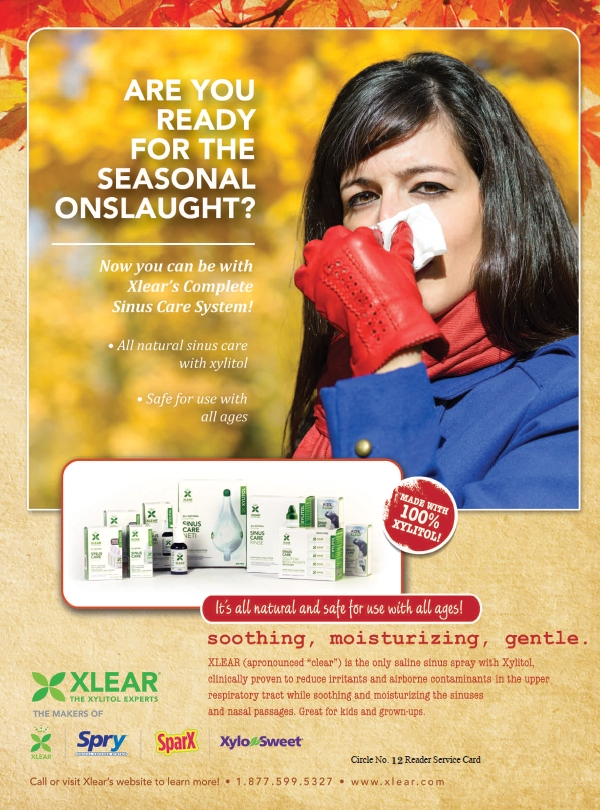 The health quotients of the various natural sweetener options are what draw in consumers and companies to begin with. The search for organic and natural alternatives has occurred alongside a dip in sales for artificial, chemically derived sweeteners, Miller notes. She adds that a large share of the buzz in the category is concentrated on the low-calorie option stevia, which accounts for a sizable portion of sales figures to date. “Stevia has driven almost all of the sugar substitute category growth for the past three years,” she says. Most of the credit for stevia’s rise, along with heavy investment in stevia research on the part of the industry, goes to its own natural qualities.
The health quotients of the various natural sweetener options are what draw in consumers and companies to begin with. The search for organic and natural alternatives has occurred alongside a dip in sales for artificial, chemically derived sweeteners, Miller notes. She adds that a large share of the buzz in the category is concentrated on the low-calorie option stevia, which accounts for a sizable portion of sales figures to date. “Stevia has driven almost all of the sugar substitute category growth for the past three years,” she says. Most of the credit for stevia’s rise, along with heavy investment in stevia research on the part of the industry, goes to its own natural qualities.
Miller explains that certain health concerns influence consumers. “Dieters and those managing blood sugar issues are seeking out more natural products to help them reduce calories, but also maintain sweet flavor profiles of foods and drinks they prefer. It is the combined attributes of zero calories and lack of adverse impacts to blood sugar that are driving purchase decisions,” she says.
Taste must be there, too, for a natural sweetener to thrive in the market. “Consumers have been telling us for some time that they’re looking for all-natural sweeteners that taste great,” Hartman says. She points to a report from market research firm Mintel to illustrate just how central taste is. It found that 43% of consumers reported taste as the most essential attribute in a sweetener, followed closely in importance by being “all-natural” (4).
Because they have entered into the industry and into public consciousness fairly recently, there are still many obstacles to overcome for natural sweeteners. “Sweeteners like stevia are just at the beginning developmental stages in terms of what is possible from a formulation standpoint. Manufacturers, chefs, nutritionists, bloggers and food enthusiasts have only just begun coming up with amazing recipes featuring stevia,” Miller says.
May adds, “Formulation expertise has taken leaps and bounds over the past couple years, alongside amazing advances in the development of new leaf varieties, cultivation and harvesting techniques, and innovative applications that are solving real life challenges.” Miller contrasts stevia’s status with that of sugar, used widely used as a food sweetener for centuries. “It stands to reason that it may take more than three to five years to see all of the possible uses and combinations of stevia or erythritol,” she says.
The regulation of the sweeteners market remains an active area 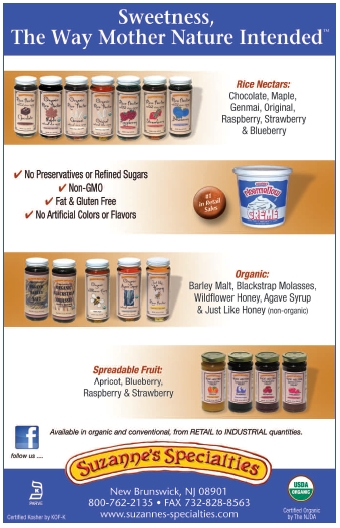 as well. The status of stevia, for instance, is still developing. FDA has given letters of no objection for certain rebaudioside A extracts of stevia, as well as granting a whole leaf stevia extract the same generally recognized as safe (GRAS) status. Other sweeteners like blue agave haven’t received FDA’s approval in any form, though self-affirmed GRAS can always be claimed by companies, allowing them to use a sweetener as long as they are able to defend its safety.
as well. The status of stevia, for instance, is still developing. FDA has given letters of no objection for certain rebaudioside A extracts of stevia, as well as granting a whole leaf stevia extract the same generally recognized as safe (GRAS) status. Other sweeteners like blue agave haven’t received FDA’s approval in any form, though self-affirmed GRAS can always be claimed by companies, allowing them to use a sweetener as long as they are able to defend its safety.
FDA is also considering whether to allow non-nutritive (i.e. artificial) sweeteners like aspartame to be included in the standard identity of milk. If approved, this change would mean milk products that include such sweeteners would not need to include descriptions like “Reduced Calorie” on labels (5).
Sweetness Profiled
Your customers won’t just dive into the natural sweetener scene without getting to know some of the players first. Help get them acquainted by sharing a few of these functional facts about the most popular options.
Xylitol is a naturally occurring compound in many fruits and vegetables, and is actually produced by the human body through normal metabolic processes, according to the Calorie Control Council (6). It is produced for commercial purposes primarily from hardwood trees like birch. It has the same sweetness and bulk as sucrose (table sugar), but with one-third fewer calories. It has no unpleasant aftertaste, and is known to quickly dissolve and create a cooling sensation in the mouth (6). Information provided by Xlear, Inc., American Fork, UT, presents its xylitol product as a low-carbohydrate sweetener that is safe for use in any sugar-controlled diet.
Another key feature of xylitol is its potential benefit to oral health. Xlear says it may reduce the risk of tooth decay, despite looking and tasting just like sugar. Those at a risk of gum disease or who are concerned with bad breath may also benefit from xylitol, because it can reduce the amount of plaque that bacteria create in the mouth, according to Xlear. In addition to prevention, it may also help to remineralize teeth by reducing plaque acids on tooth and gum surfaces. Xylitol may be of special benefit in early life, when teeth are still in the developmental phase. A recent study found that topical at-home application of xylitol in Finnish infants led to considerable improvement in dental health (7).
|
When Sweeteners Go Bad
Artificial sweeteners are pervasive in our food supply, and many of them are increasingly getting a bad reputation for their health implications. To be fair, much of the impetus behind using artificial sweeteners is to help people cut down on calories (because artificial sweeteners are usually much sweeter than sugar, and therefore less is needed for taste). But, let’s look at a few insights as to why some criticism of artificial sweeteners may be valid. High-fructose corn syrup (HFCS) has entered headlines more than any other artificial sweetener recently. This modern staple of popular soda and ketchup products, not to mention thousands of other popular foods, has seen controversy involving its overall health impacts, its role in obesity and even its very name. That’s right—sugar farmers have fought publicly with the Corn Refiners Association over a proposed name change from HFCS to “corn sugar,” a switch the farmers and many others feel was intended to dupe consumers. As to its health impact, many defend HFCS as being only as unhealthy as regular sugar when we consume too much of it. But one study found a negative association between HFCS and metabolic syndrome, independent of weight gain (1). The artificial sweetener aspartame, usually sold under the brand name NutraSweet, has potential issues as well. Those with the genetic condition phenylketonuria (PKU) cannot properly digest the phenylalanine present in aspartame. It is a widely used sweetener, and though the U.S. Food and Drug Administration (FDA) requires products containing aspartame to display a warning that they contain phenylalanine, not everyone reads labels. It has also been linked with blood-related cancers in rats, and anecdotal evidence has linked it with issues ranging from headache to seizures (2). Other troublesome links between artificial sweeteners and health issues can be found through research. Saccharin, for example, was banned by FDA in 1977 until Congress intervened. Back then, animal research indicated that various types of cancers were more likely to occur when saccharin was ingested (3). But today, it retains its place as a key low-calorie sweetener in many diets, and is better known as Sweet’N Low. |
|
When used as a sugar replacement in baking, Xlear says xylitol can be measured out in the same amounts as sugar, and they also cite its potential use with cereal and as a coffee sweetener. The company notes that xylitol should be consumed in reasonable amounts to avoid intestinal discomfort, usually with individual servings of about 20 grams, and no more than 100 grams.
An herb in the chrysanthemum family, stevia rebaudiana contains compounds called steviol glycosides, which provide the sweetness found in any stevia product (8). Originally native to Paraguay, stevia is now grown all over the world. The rebaudioside A glycoside found in many food products today has between 250 and 300 times the sweetness of sucrose (8). On the safety front, an Acceptable Daily Intake (ADI) for steviol glycosides of up to four mg/kg of body weight has been established. This would take 30 packets of tabletop sweetener to reach in one day.
Stevia is often associated with a bitter aftertaste, which May emphasizes is not an inherent quality of the stevia leaf itself, but a potential result of the way stevia is sometimes processed after harvest. This is something manufacturers must contend with when trying to formulate finished products that consumers will enjoy. Often other sweeteners like erythritol or flavorings are used to mask the taste. Monk fruit (luo han guo) may have less of an aftertaste issue, and like stevia, it brings many advantages over conventional sweeteners. A published study on mogrosides, the sweetness compounds in luo han guo, found that monk fruit can serve as a low glycemic index sweetener, and that it may help stimulate insulin secretion (9).
May says that recent research “has prompted renewed interest in the value of the glycemic index of foods for the health of all people, not only those with specific blood sugar regulation challenges.” A few other alternative sweeteners are gaining in popularity for their positive effects on those with blood sugar issues. “Agave has a low glycemic index score. It causes a gradual rise in blood sugar and insulin levels and prevents the blood sugar spikes seen with other sweeteners. People on diabetic diets or those trying to control their weight may find agave helpful in regulating blood sugar and hunger levels,” Hartman says.
But for all these relatively abstract benefits, if people can’t find a fun and easy way to use these sweeteners, they may get left on the shelf. One National Geographic writer took the liberty of comparing sweeteners, both artificial and natural, for their cake-making potential (10).
She decided that for baking, the stevia brand she tried lacked bulk, and also finished with a vanilla aftertaste that she thought was meant to mask the natural taste of stevia. Monk fruit, meanwhile, produced a cake that was tender, but also lumpy, dry and “biscuit-like.” Sugar alcohols like erythritol and xylitol won out. Erythritol was runner-up to xylitol, which she wrote “looks like sugar, tastes like sugar and responds like sugar in baking.” These results will vary by recipe, though.
New and novel sweeteners are also coming into play. One is monatin, an herbal extract that researchers describe as high potency and zero-calorie. Along with a patent being applied for by Cargill for its use in foods, research was recently conducted to lay out its sweetness profile (11). Another one to watch out for is brazzein, a protein that is said to be sweet, heat stable and water soluble, all of which are important for formulation in food products. Its development was not without controversy, however. The granting of patents for a process developed by the University of Wisconsin, which some companies are currently using to ramp up production of brazzein, may have ignored the preexisting discovery of the plant’s sweetness by the indigenous people of Cameroon (12). WF
References
1. “FDA Urged to Determine Safe Limits on High-Fructose Corn Syrup and Other Sugars in Soft Drinks,” Feb. 11, 2013, http://www.cspinet.org/new/201302131.html, accessed Sept. 3, 2013.
2. A. Wexler, “U.S. Acts to Lift Sugar Prices,” Wall Street Journal, Aug. 30, 2013, http://online.wsj.com/
article/SB10001424127887324463604579045362936140646.html, accessed Sept. 3, 2013.
3. Leatherhead Food Research, “The Global Market for Intense Sweeteners,” April 2010, available from Leatherhead Food Research.
4. “Stevia and Natural Sweeteners - US - August 2011,” August 2011, available from Mintel.
5. “FDA Wants Your Opinion on Dairy-Product Labels,” U.S. Food and Drug Administration, http://www.fda.gov/ForConsumers/ConsumerUpdates/ucm347194.htm, accessed Sept. 3, 2013.
6. “Xylitol,” Calorie Control Council, http://polyol.
org/facts-about-polyols/xylitol/, accessed Sept. 3, 2013.
7. K.K. Mäkinen, et al., “Topical xylitol administration by parents for the promotion of oral health in infants: a caries prevention experiment at a Finnish Public Health Centre,” Int. Dent. J. 63(4), 210-24 (2013).
8. “Sweet Facts About Stevia,” Calorie Control Council, http://www.caloriecontrol.org/sweet-facts-about-stevia, accessed Sept. 4, 2013.
9. Y. Zhou, et al., “Insulin Secretion Stimulating Effects of Mogroside V and Fruit Extract of Luo Han Kuo (Siraitia grosvenori Swingle) Fruit Extract,” Yao Xue Xue Bao. 44(11), 1252-7 (2009).
10. P. Anderson, “How Sugar Substitutes Stack Up,” National Geographic, July 17, 2013, http://news.nationalgeographic.com/news/2013/07/130717-sugar-substitutes-nutrasweet-splenda-stevia-baking/, accessed Sept. 4, 2013.
11. J.C. Fry, “The Sweetness Concentration-Response Of R,R-Monatin, A Naturally Occurring High-Potency Sweetener,” J. Food Sci. 77(10), S362-4 (2012).
12. “The European Patent Directive: License to Plunder,” http://www.grain.org/article/entries/40-the-european-patent-directive-license-to-plunder, accessed Sept. 4, 2013.
Published in WholeFoods Magazine, October 2013

